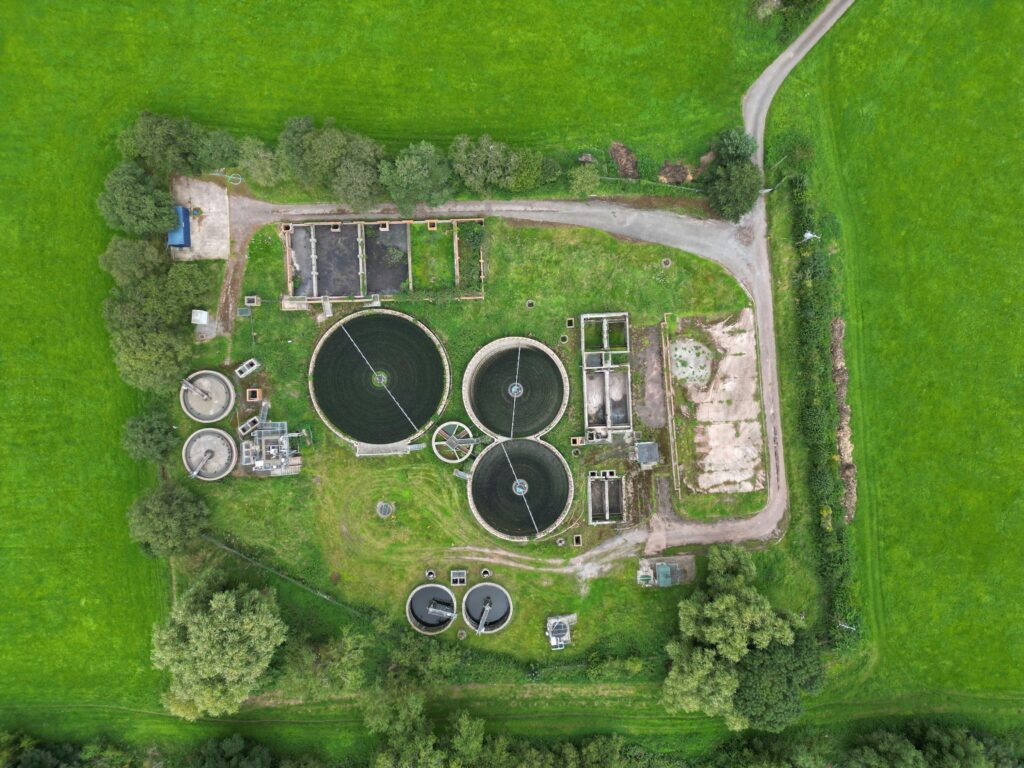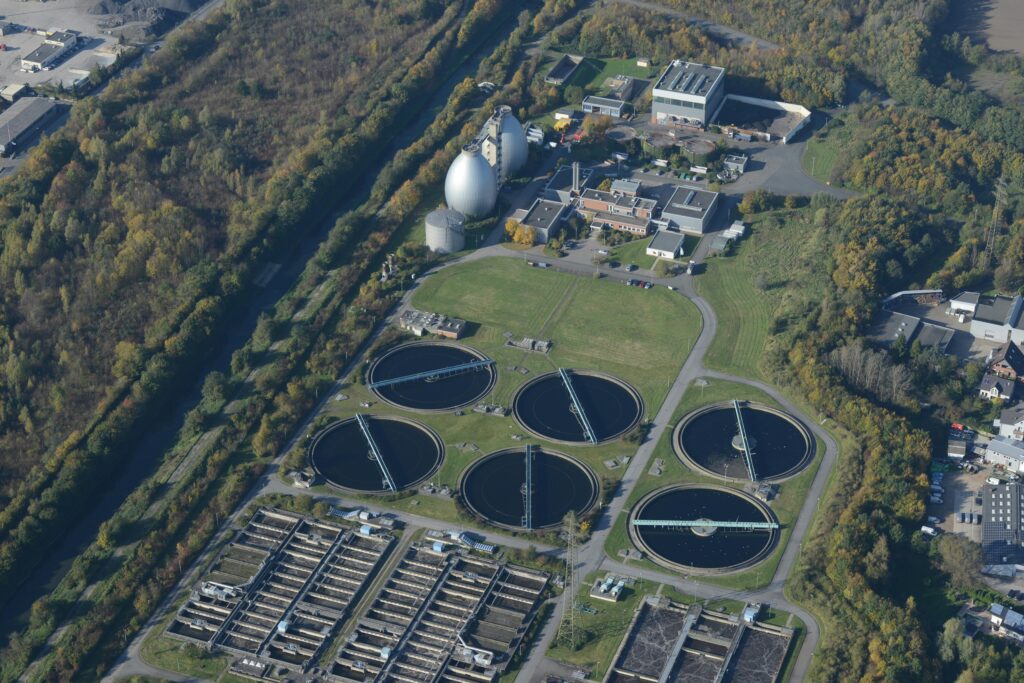Sewage Treatment Plant (STP) – Advanced Wastewater Solutions
Efficient, Eco-Friendly, and Customizable Solutions
SEWAGE TREATMENT PLANT (STP)
"Transform wastewater into reusable water with our state-of-the-art Sewage Treatment Plants (STPs), designed,manufacturer, & supply for residential, commercial, and industrial applications."
Sewage Treatment Plant (STP): An Overview
A Sewage Treatment Plant (STP) is a facility designed to treat and process wastewater (sewage) from residential, commercial, and industrial sources. The primary goal of an STP is to remove contaminants, pollutants, and harmful substances from wastewater to produce treated water that is safe for discharge into the environment or reuse. STPs play a critical role in protecting public health, preserving water resources, and preventing environmental pollution.
Sewage is a mixture of water, organic matter, inorganic substances, pathogens, and other pollutants generated from human activities. If left untreated, sewage can contaminate water bodies, harm aquatic life, and spread diseases. STPs use a combination of physical, chemical, and biological processes to treat sewage and ensure it meets regulatory standards before disposal or reuse. water that is safe for discharge into the environment or reuse. STPs play a critical role in protecting public health, preserving water resources, and preventing environmental pollution.

Key Objectives of an STP
Remove Suspended Solids: Eliminate physical impurities like sand, grit, and debris.
Degrade Organic Matter: Break down biodegradable organic pollutants.
Eliminate Pathogens: Remove harmful bacteria, viruses, and parasites.
- Reduce Nutrients: Control levels of nitrogen and phosphorus to prevent eutrophication.
- Produce Treated Effluent: Ensure the treated water is safe for discharge or reuse.
- Manage Sludge: Treat and dispose of or reuse the solid byproduct generated during the process.
Treatment Solutions and Stages in STPs
- Primary Treatment (Physical Treatment) : Remove large solids and suspended particles.
Screening: Removes large debris like plastics, rags, and sticks.
Grit Removal: Separates sand, gravel, and other heavy particles.
Sedimentation: Allows suspended solids to settle as sludge in primary clarifiers. Separate settleable solids from wastewater.
2. Secondary Treatment (Biological Treatment) : Degrade organic matter and remove dissolved pollutants using biological processes.
Aerobic Processes: Microorganisms break down organic matter in aeration tanks.Use oxygen-dependent bacteria to break down organic matter
Trickling Filters: Wastewater is passed over a biofilm-coated medium where microbes degrade pollutants.
Oxidation Ponds: Natural or artificial ponds where algae and bacteria treat sewage.
- Anaerobic Processes : Use bacteria that operate in the absence of oxygen to treat high-strength wastewater (e.g., anaerobic digesters).
3. Tertiary Treatment (Advanced Treatment) : Further polish the treated water to meet specific quality standards.
Filtration: Removes fine suspended particles.
Disinfection: Kills pathogens using chlorine, UV light, or ozone.
Nutrient Removal: Eliminates excess nitrogen and phosphorus through chemical or biological methods.
Plants are designed based on various Technologies
- MBBR/FAB (attached growth) STP
- Prefabricated & Packaged STP
- Grey Water Treatment Plant (GWTP)
- Conventional Activated Sludge Process (ASP) STP
- Membrane BioReactor (MBR) STP
- Sequencing Batch Reactor (SBR) STP
- Anaerobic Baffel Reactor (ABR)/ Anaerobic Bio Digester STP
- Root Zone and Green Belt (Phytoremediation) Process STP

Applications of Treated Water :
Discharge into Water Bodies: Treated effluent can be safely released into rivers, lakes, or oceans.
Reuse for Non-Potable Purposes: Treated water can be used for irrigation, industrial cooling, or toilet flushing.
Groundwater Recharge: Treated water can be infiltrated into aquifers to replenish groundwater.

